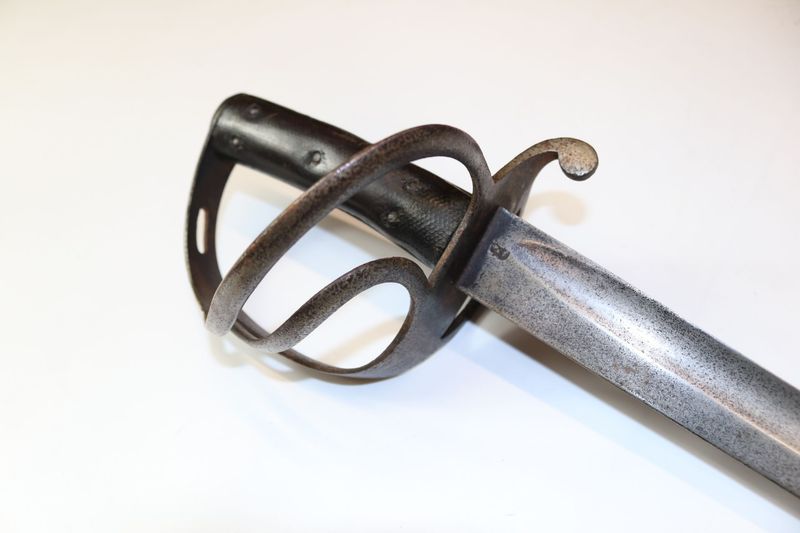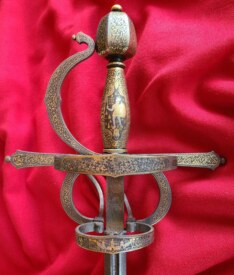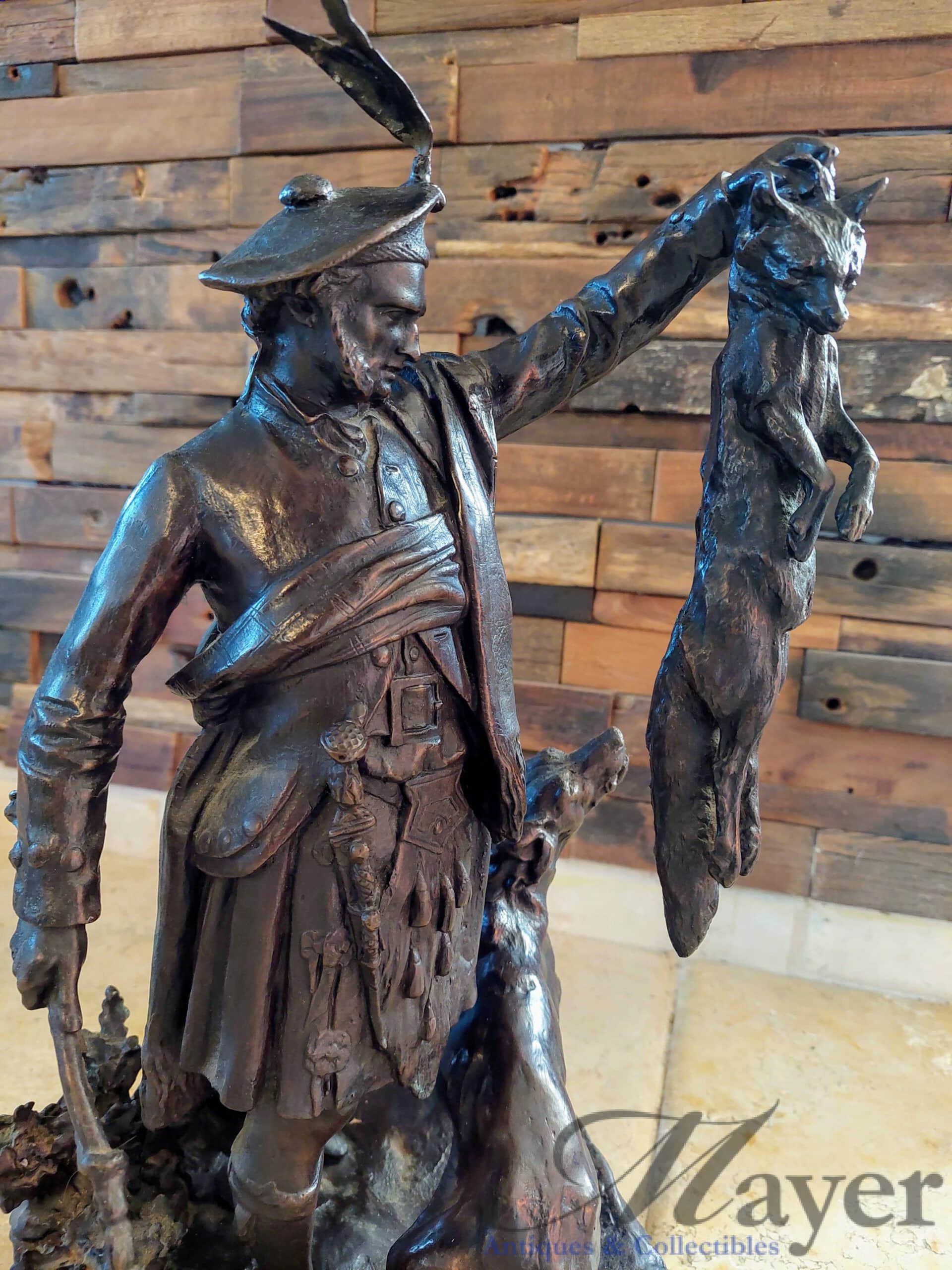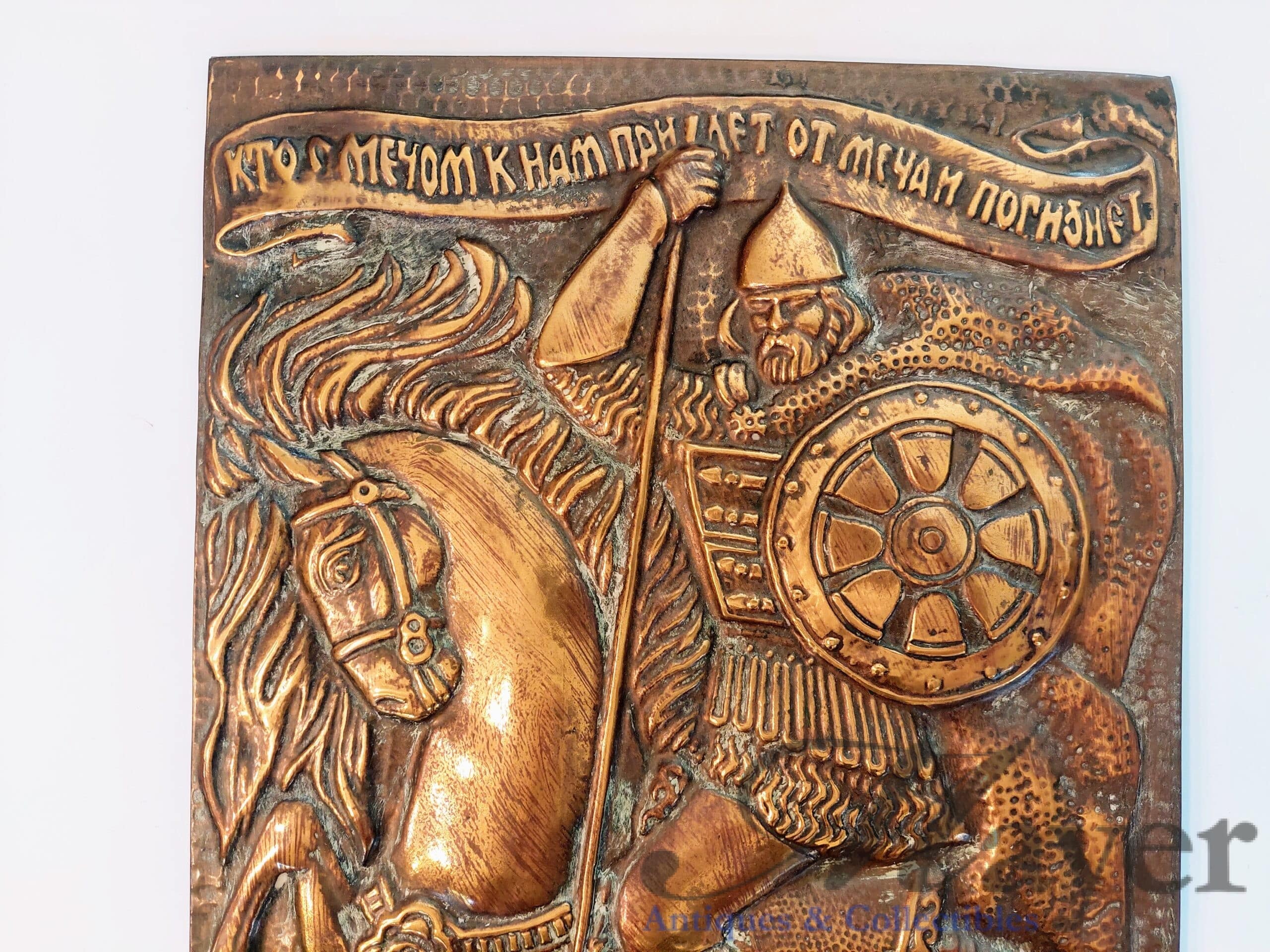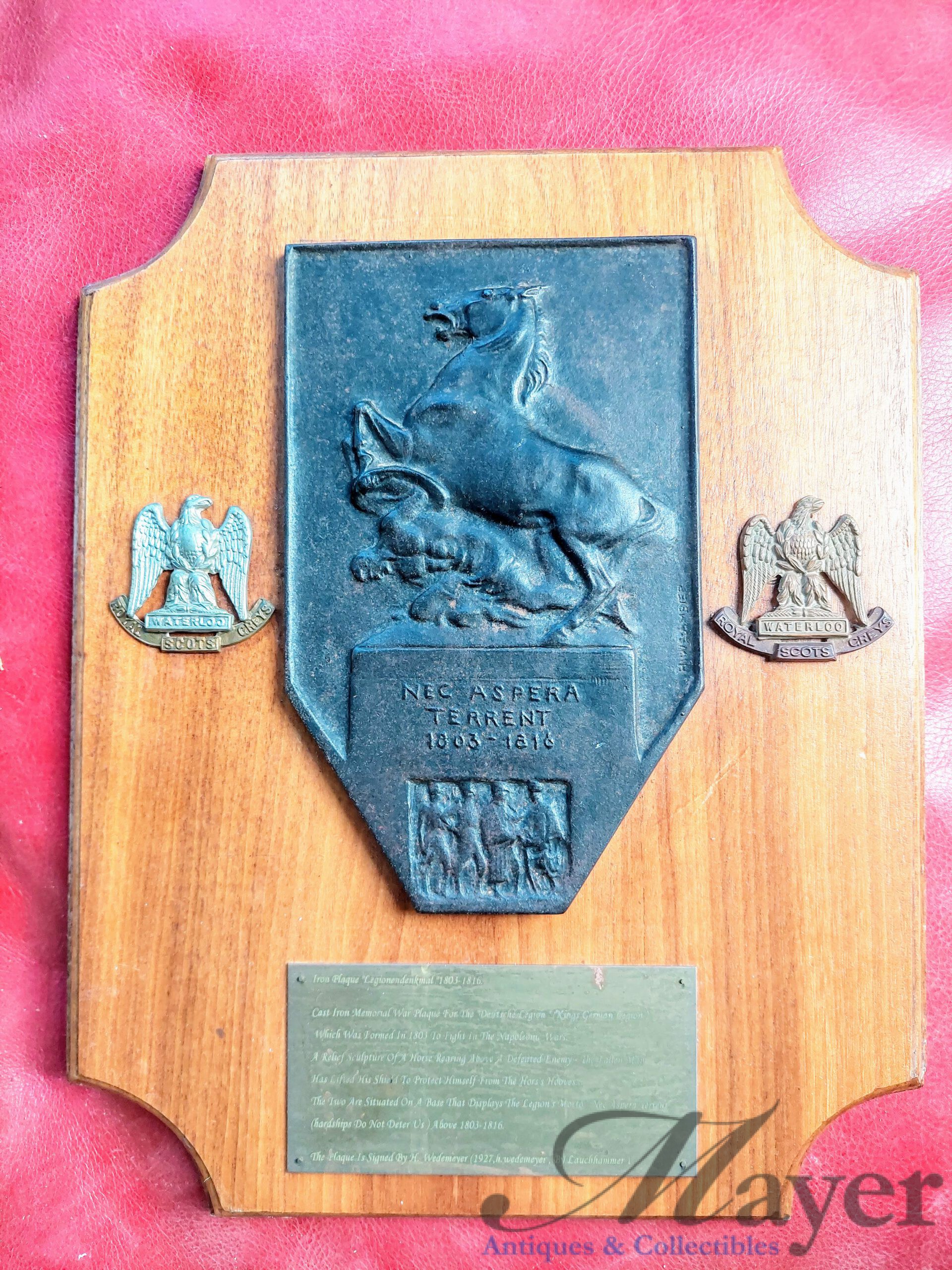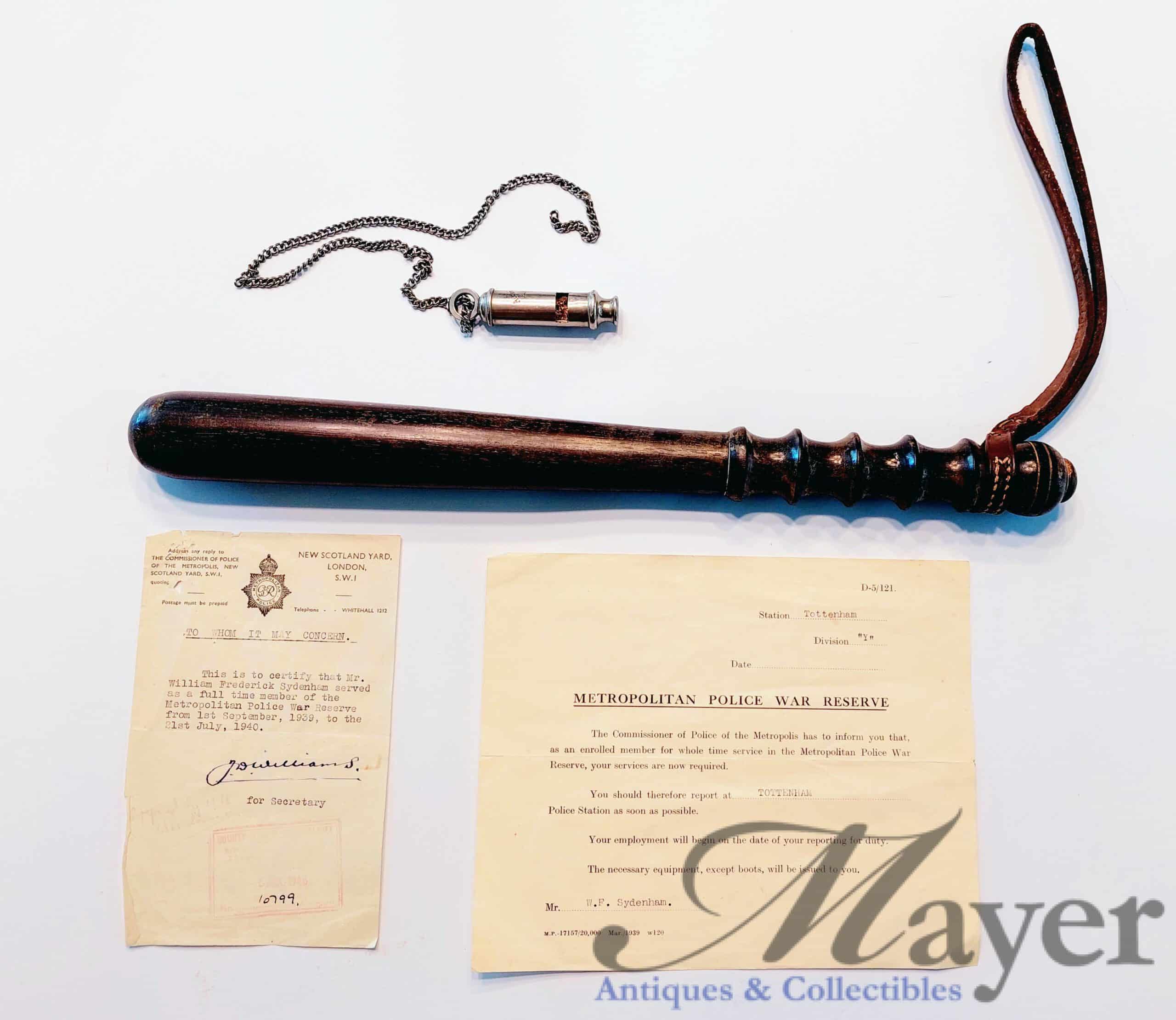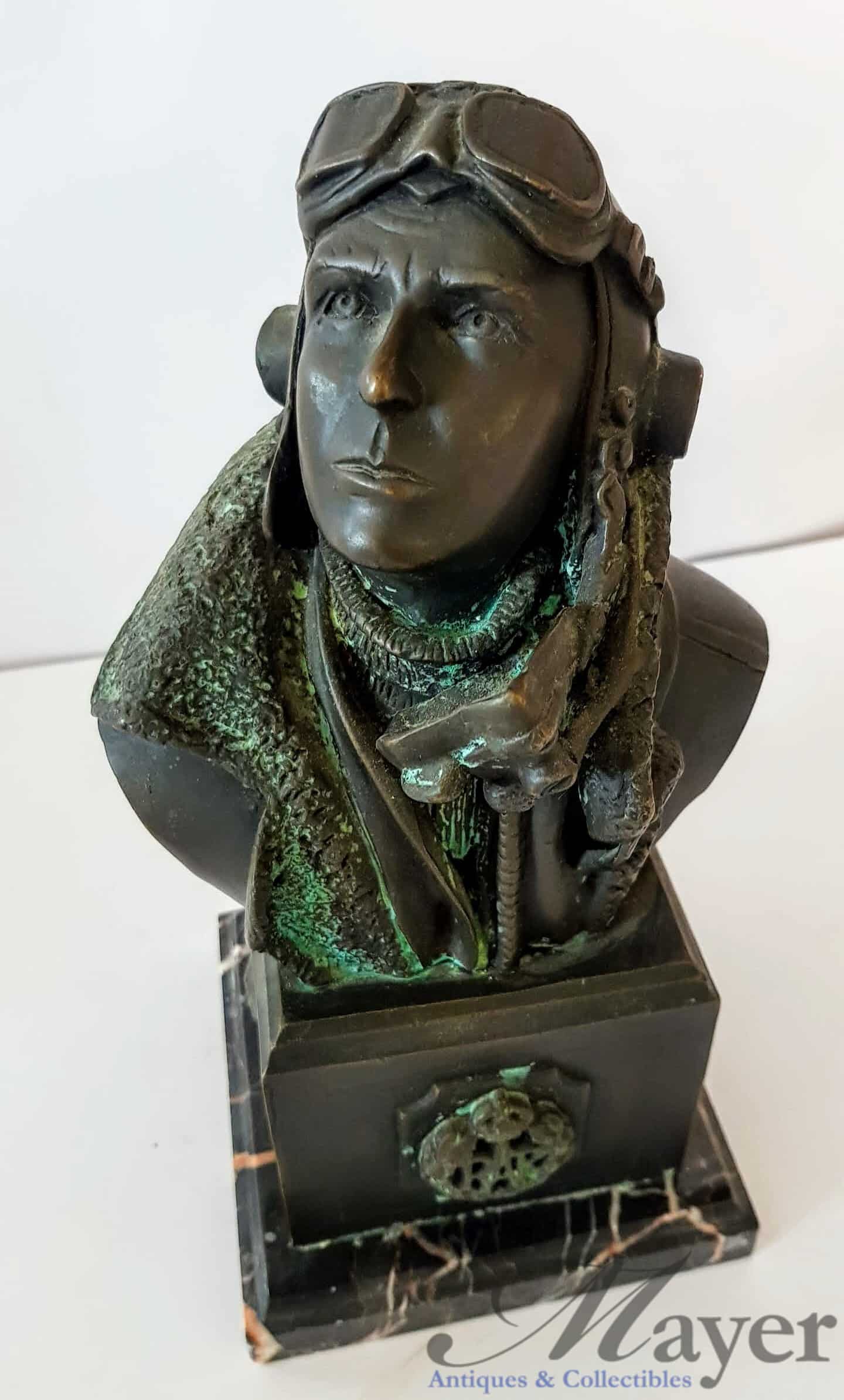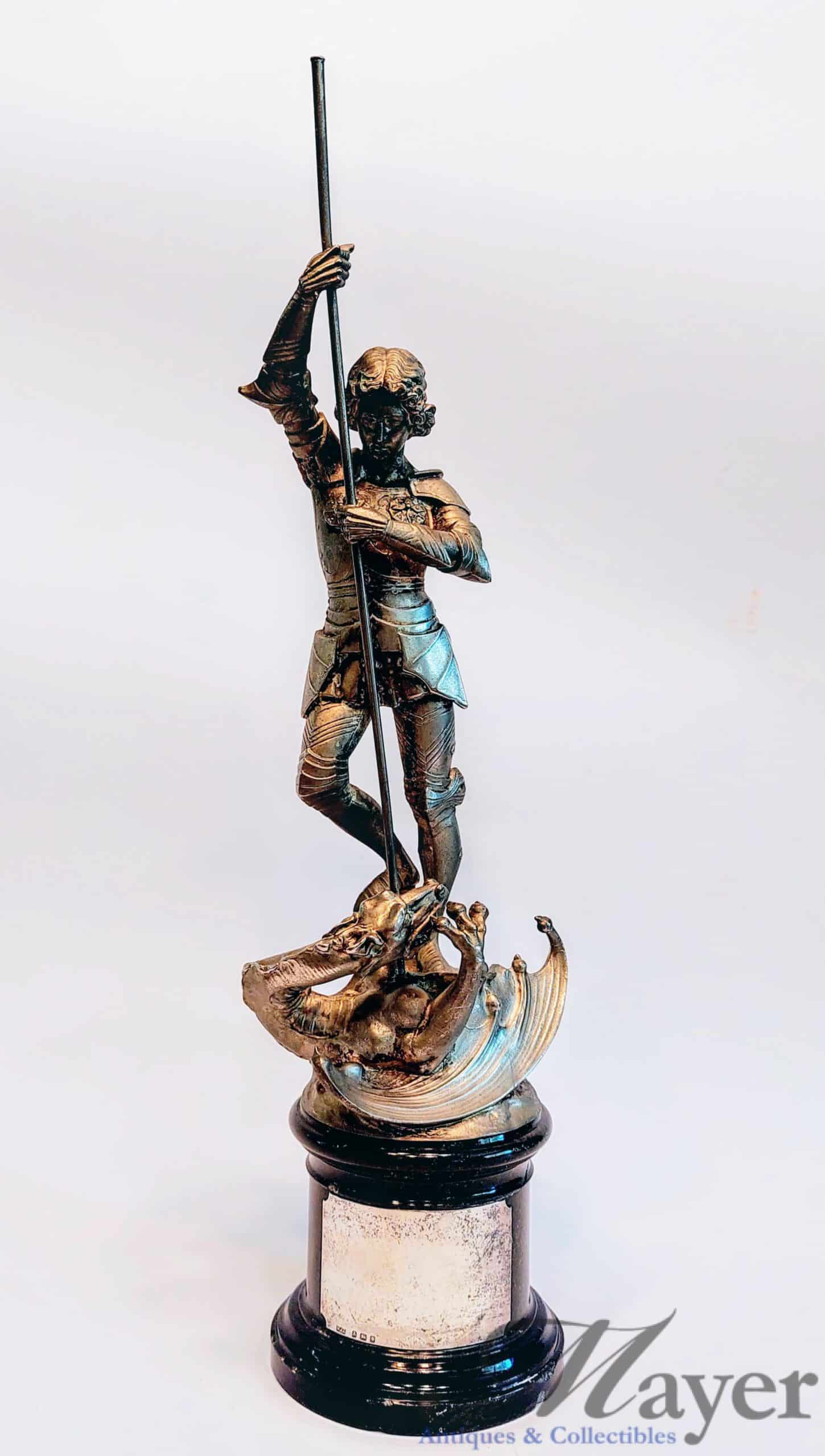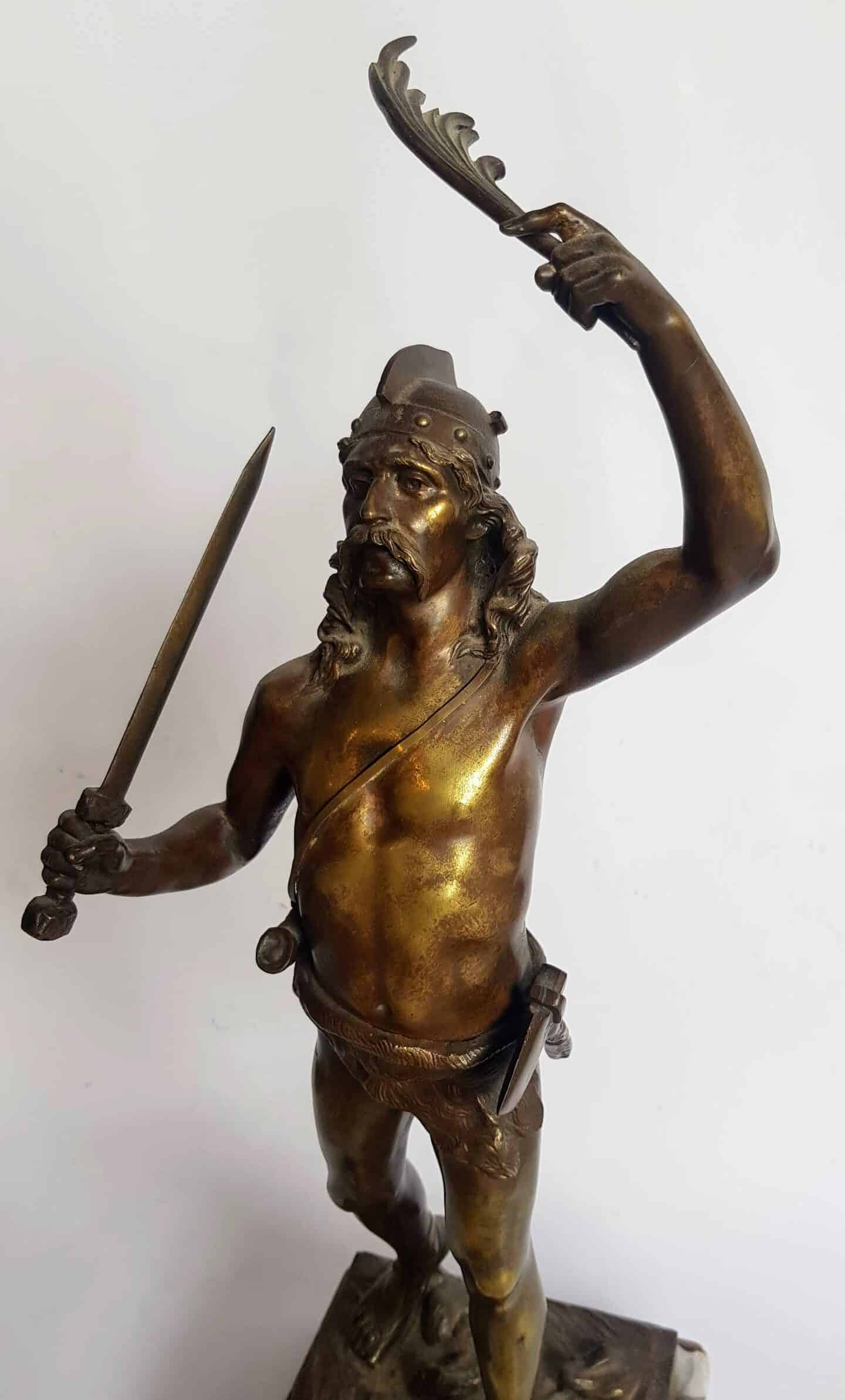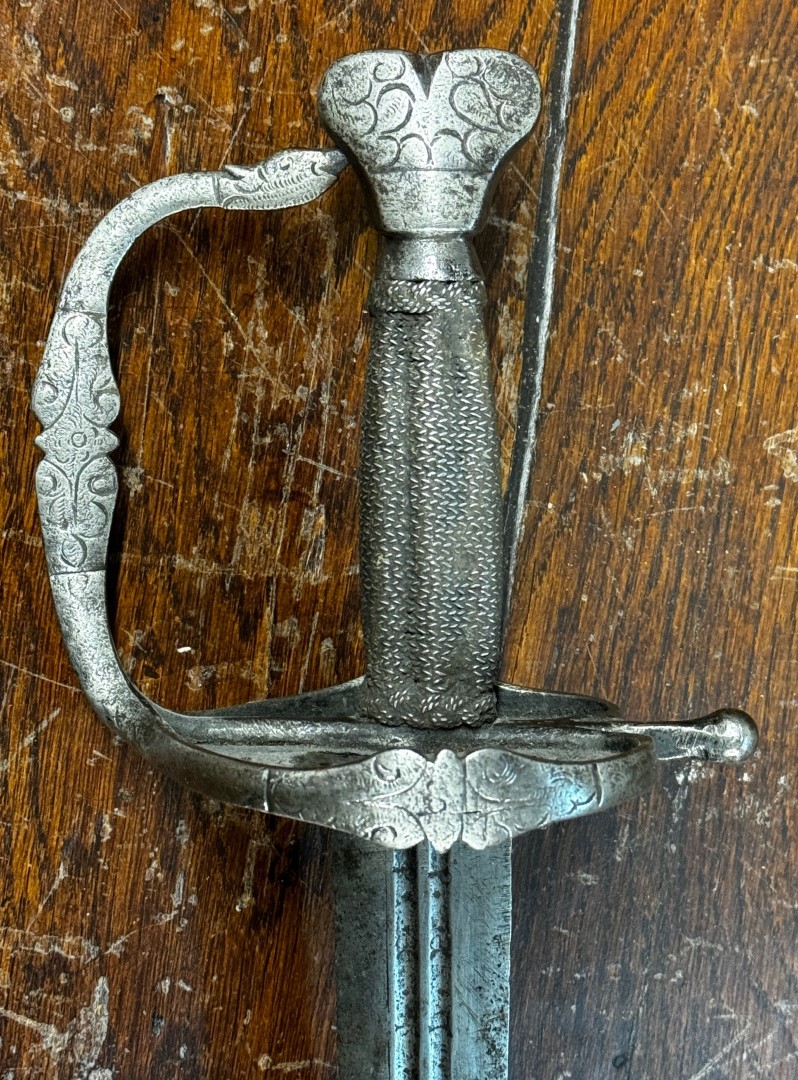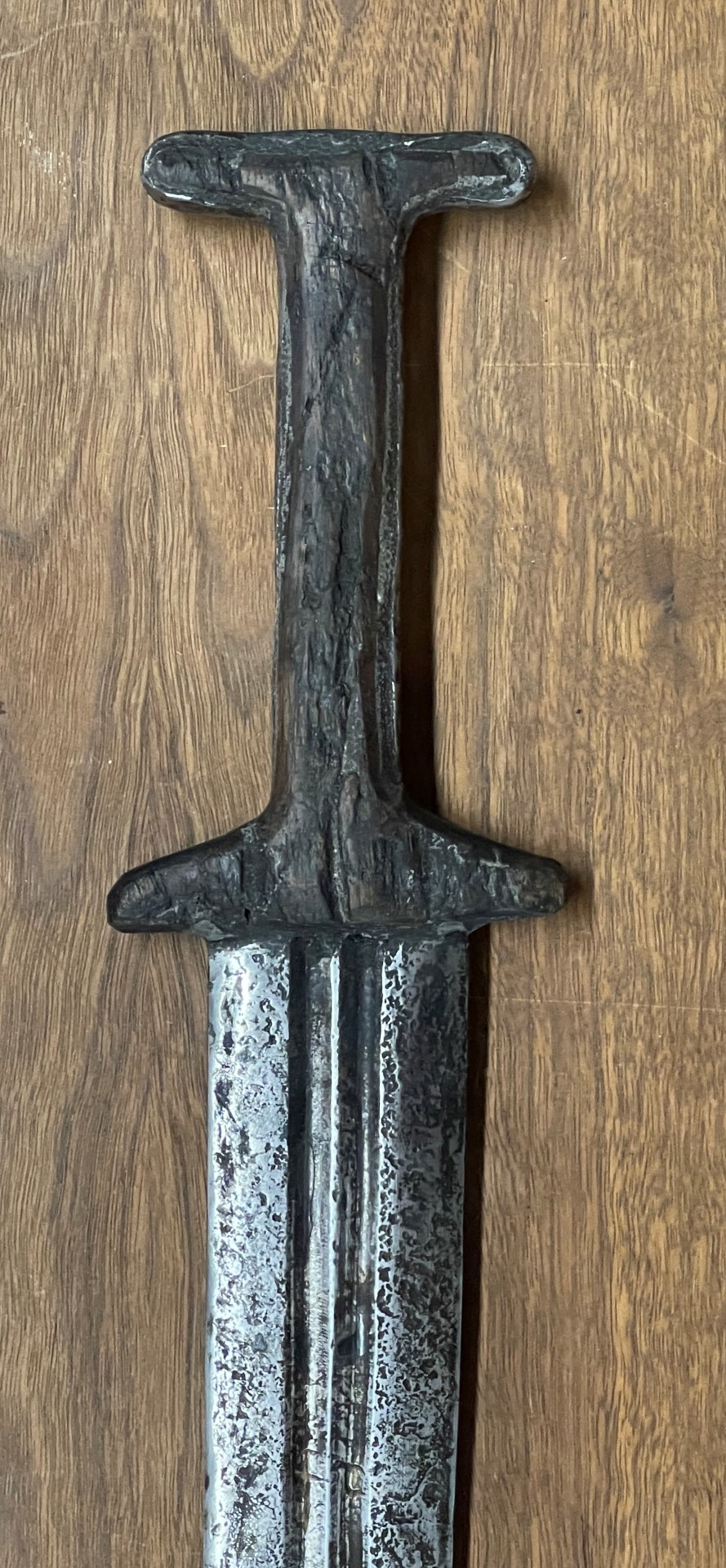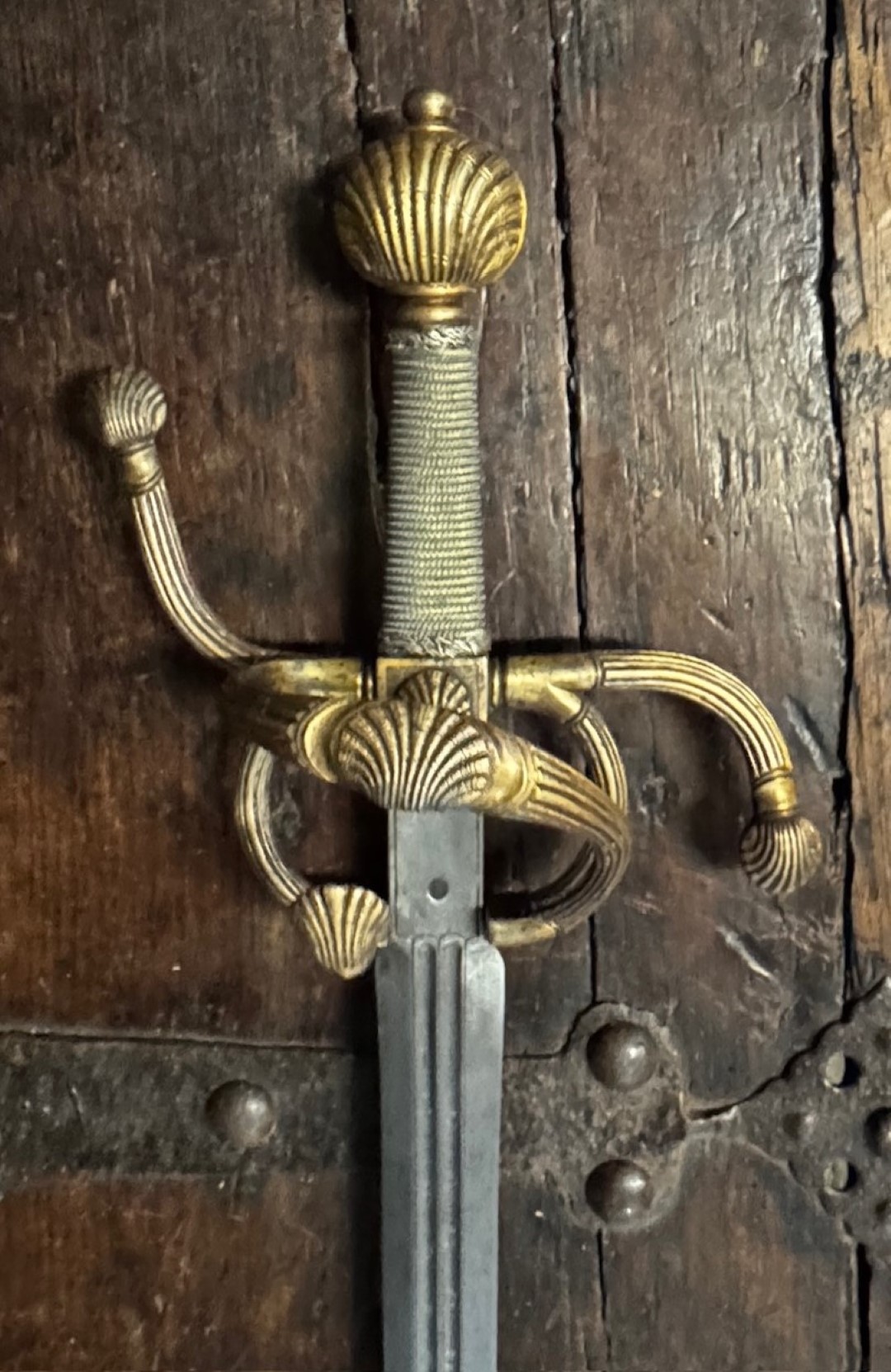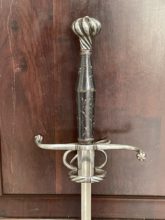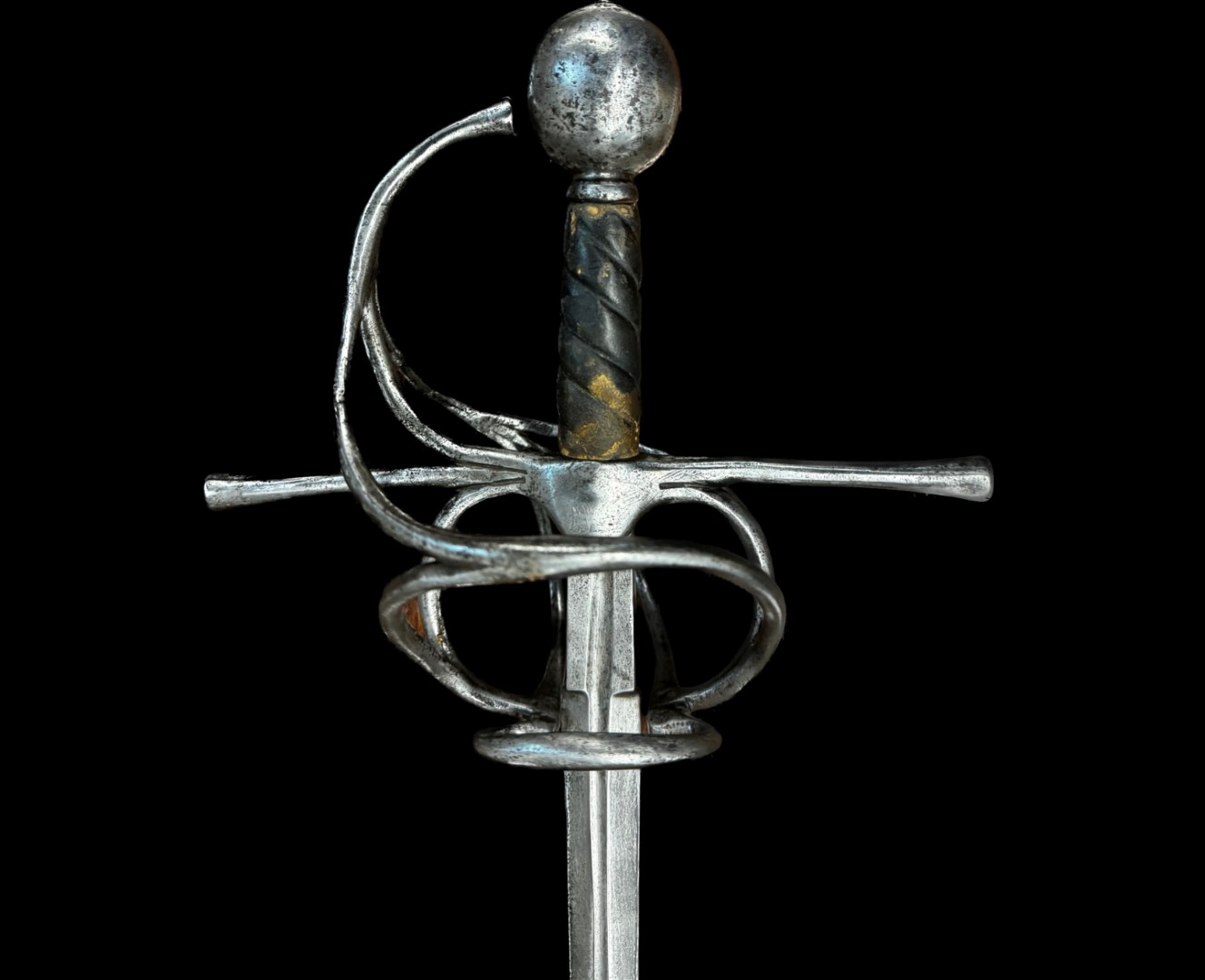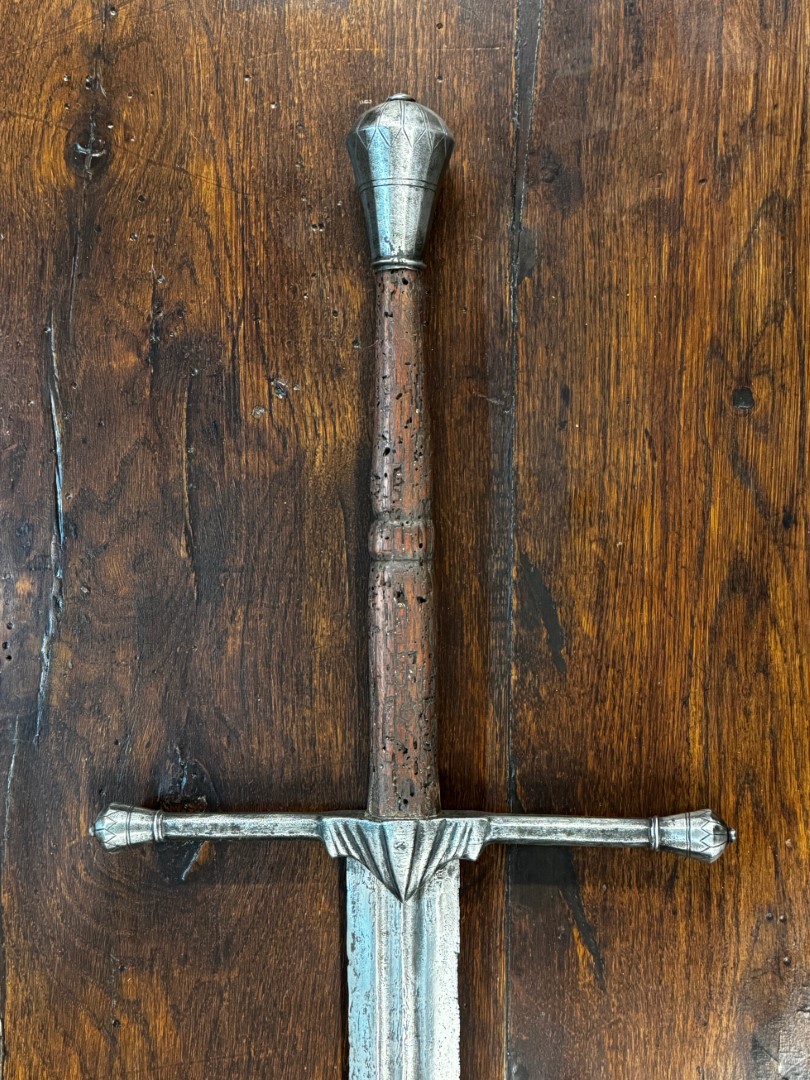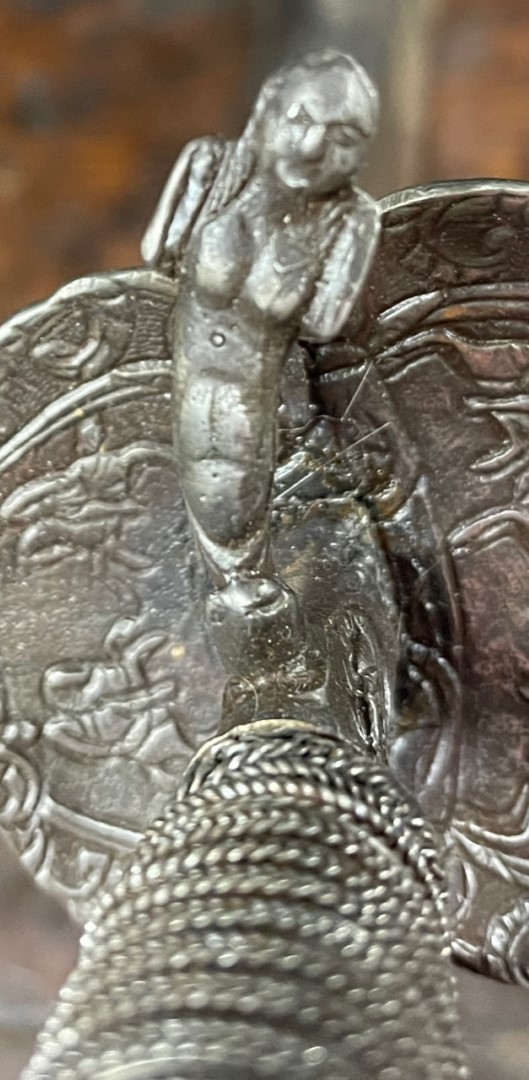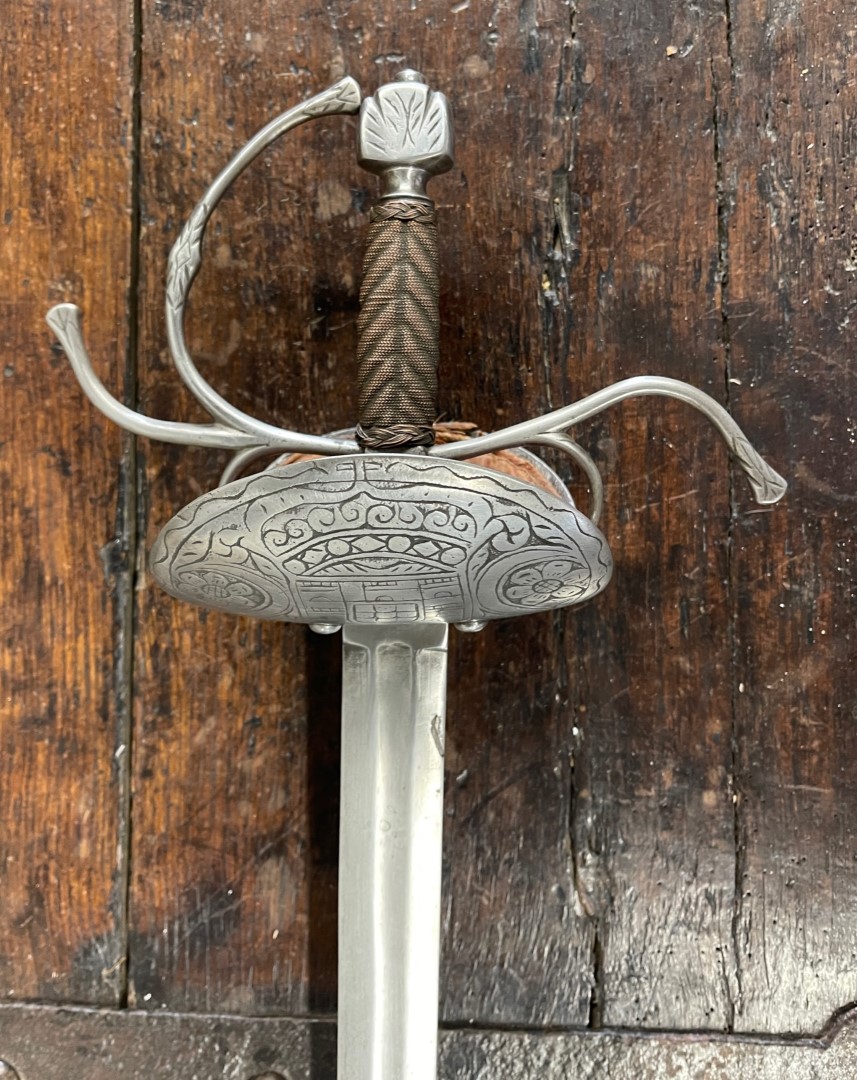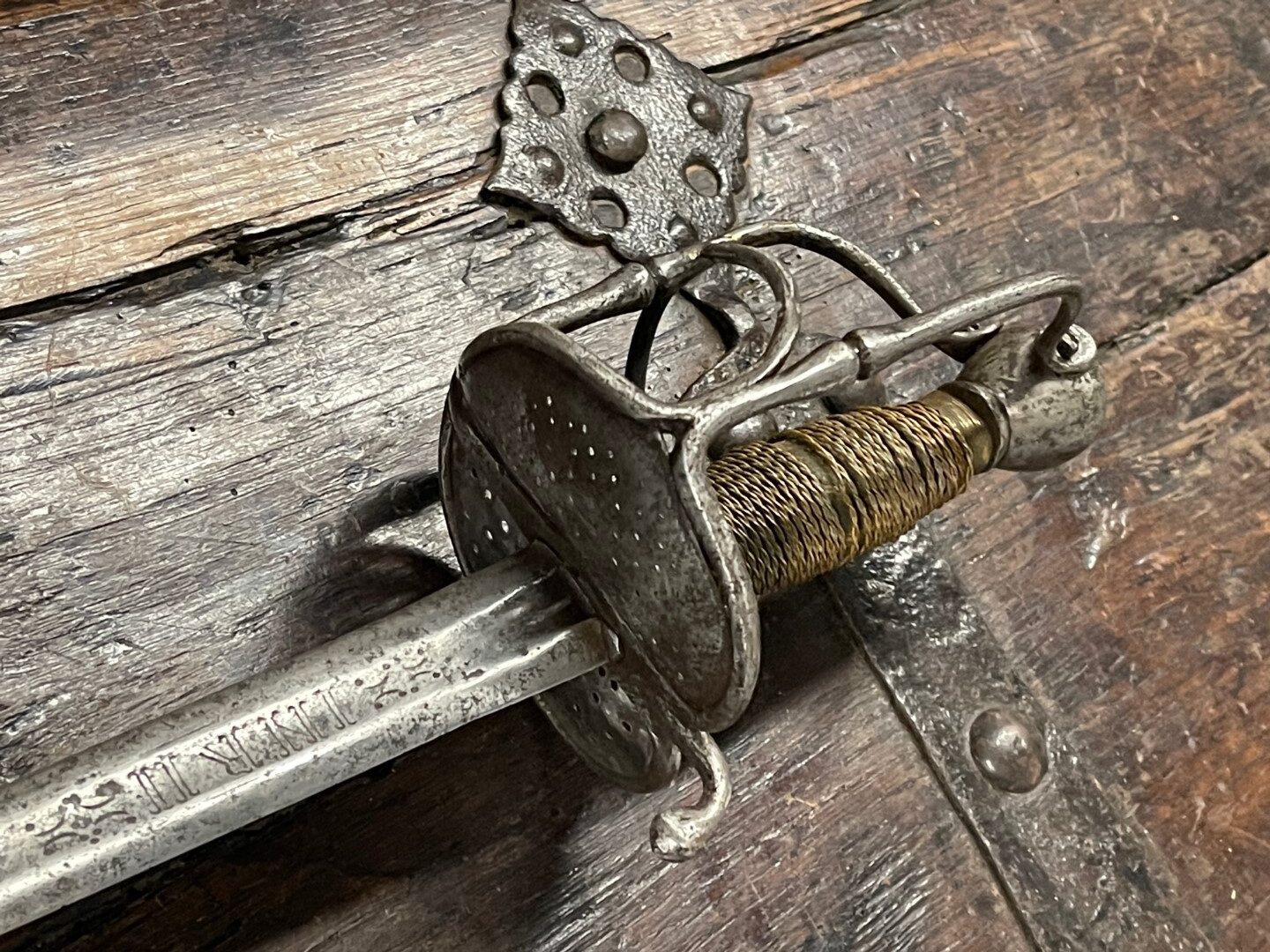For Sale
The following items are listed by for sale by users of the site and dealers. They are in no way endorsed or guaranteed by www.antiquearmsresearch.com
Add a Classified ItemYou can also receive regular email notifcations when items match your keywords. To recieve them just register or logon at the top right of this page.
- Nation : -
- Local Price : Price on asking
- Nation : Japanese
- Local Price : £0.00
- Nation : British
- Local Price : $5,000.00
- Nation : Russian
- Local Price : $450.00
- Nation : British
- Local Price : $800.00
- Nation : British
- Local Price : $400.00
- Nation : British
- Local Price : $450.00 $430.00
- Nation : -
- Local Price : $2,600.00
- Nation : French
- Local Price : $1,200.00
- Nation : Dutch
- Local Price : Price on request
- Nation : Italian
- Local Price : Price on request
- Nation : British
- Local Price : Price on request
- Nation : Spanish
- Local Price : Price on request
- Nation : German
- Local Price : Price on request
- Nation : German
- Local Price : Price on request
- Nation : Hungarian
- Local Price : Price on request
- Nation : Spanish
- Local Price : Price on request
- Nation : German
- Local Price : Price on request
- Nation : Dutch
- Local Price : Price on request
- Nation : Spanish
- Local Price : Price on request
- Nation : German
- Local Price : Price on request
- Nation : British
- Local Price : Price on request



